Artist Manu Parekh’s (b.1939) contributions to the Indian Arts has been noted critically and received graciously by all who have had the chance to gaze upon his bold creations. There is a special bond between his viewers and his ability to create a distinct sense of distortion of his conscious sight.
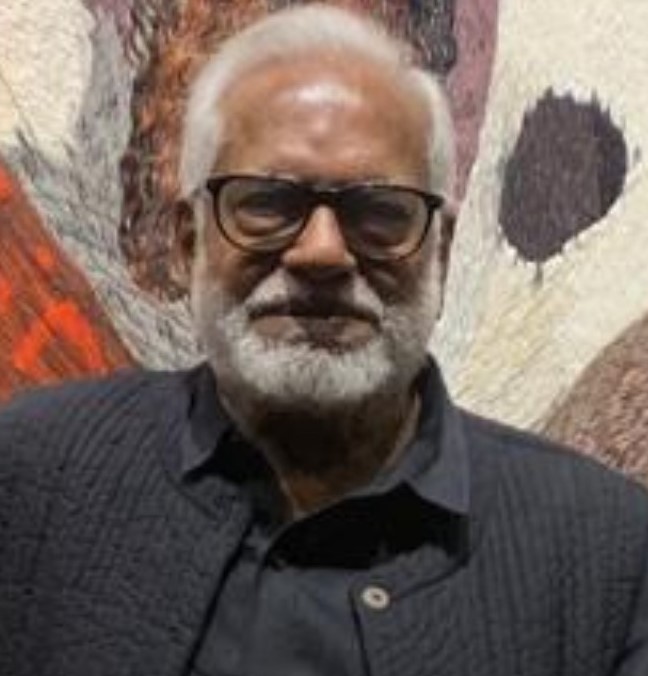
His surreal visualisations are reminiscent of blurring lights staged at a distance covered in the majestic glory of architecture and belief – something that is strongly derivative of the spiritual Indian landscapes. Varanasi has featured in his work, evocative of nostalgia, dreamlike visuals, abstract in essence, and consciously structured in the history of the land. Of course, one does find other aesthetic influences on him too. These are, for instance, visible in his portraiture of the Bhagalpur blindings in 1980, when the police poured acid in the eyes of their under-trials. Jesus Christ's image is also reimagined in his figurative-abstractionist's language. Also, it is evident in Parekh's response to Leonardo da Vinci's The Last Supper.
Born in Gujarat to a family of meagre means, Parekh’s artistic journey is often described as colourful and theatrical. Given his youthful days in theatre, it is obvious where these visualisations originated. Parekh has claimed that his stints in acting and designing theatre-sets have enhanced his skills of compositions. It has given him a special eye to simulate drama as a sensory engagement in the visual arts.
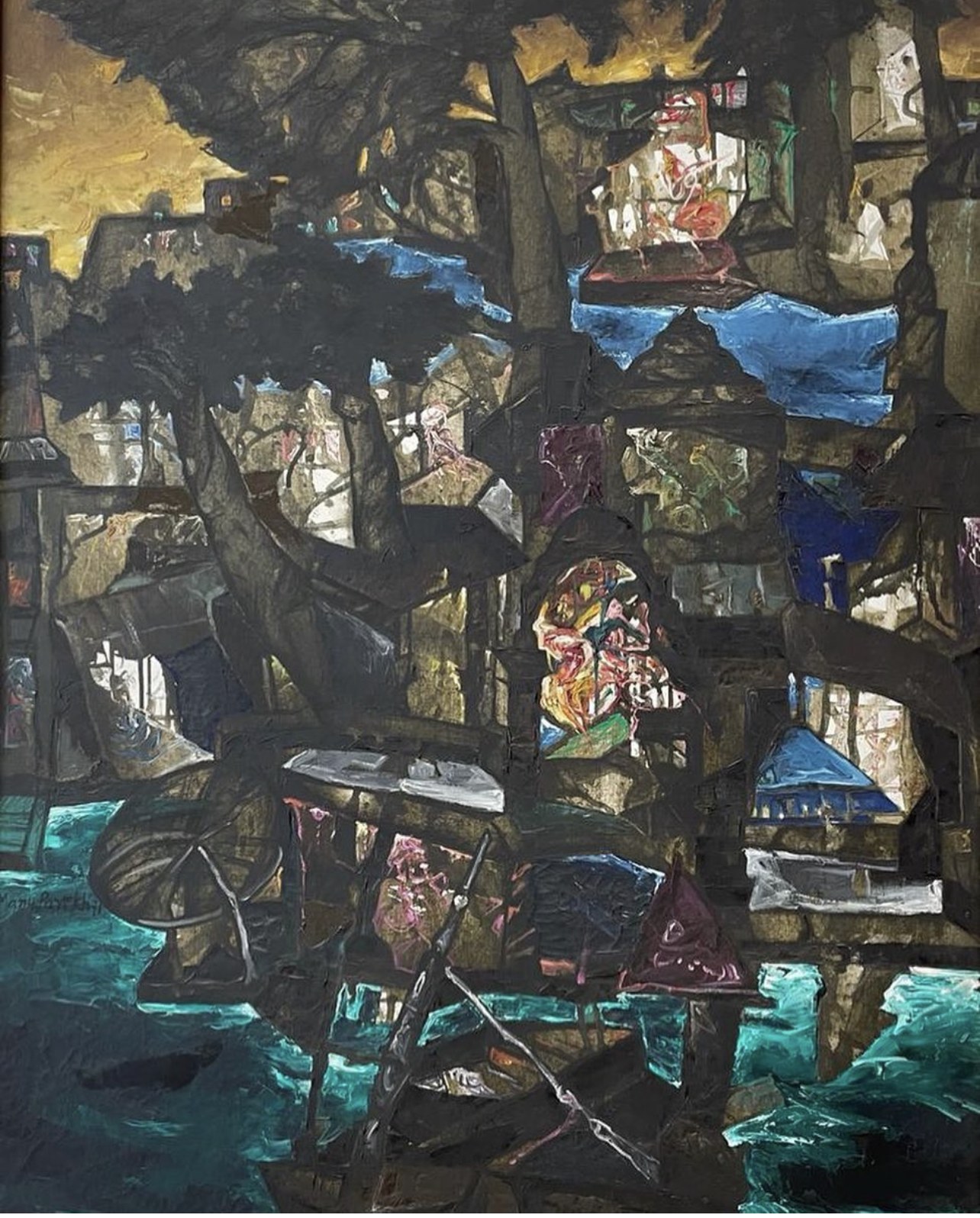
He received his initial training in the Arts from J. J. School of Arts, Mumbai. Later, he pursued drama at National School of Drama, Delhi, for a short course of time. He combined these experiences with his stay and exposure in Bengal and, later, his association with the handicrafts and handlooms of India quite extensively.
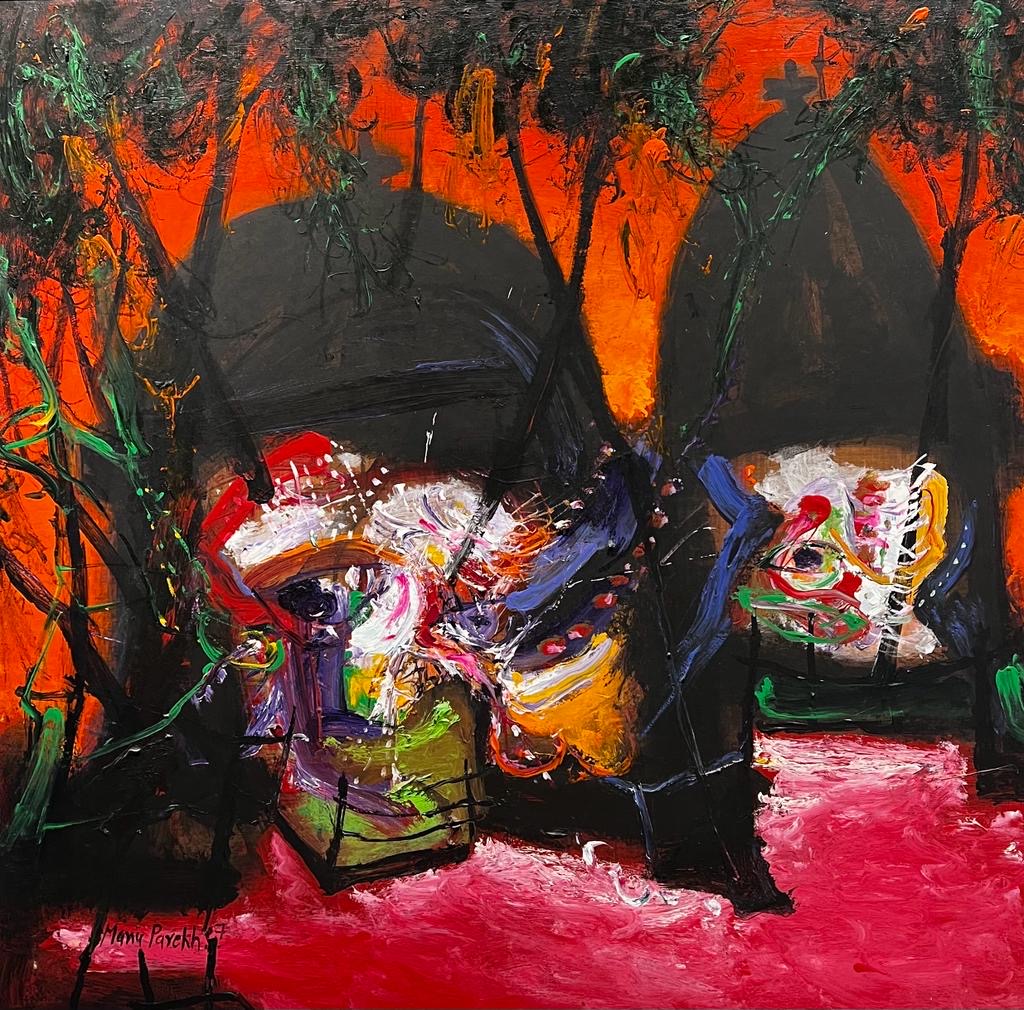
A modernist at heart, Parekh's work drew inspirations from many art movements, including the individualistic styles that gained significance over time. Cubism merged with the folk traditions and resulted in his own language that particularly engaged his viewers to look at the importance he placed on his predecessors. Paul Klee was a popular hint from Parekh to mainstream media to look for a start in his art language.
The flowers in vases or his Ganeshas are pretty popular among his viewers and one may see a special positioning of K.H. Ara through his work despite Ara's own contributions to the field. Parekh's flowers are far more indulgent of the geometrical shapes, where we see them emerging through different directions on the canvas – almost extending his brush to blend their shapes into challenging the space they occupy. The paint stands out on a blended background, layered in single coats of paint against a portion where the artist must have layered until he found it forming a remote hint of a texture. The lines demarcating the forms are so meticulous and strong that almost all his works are exemplary of the modernist genres.
Simultaneously, one may see his sketches or minimal colour palettes as a commentary on use of space on canvas. There's a sense of faith lingering in most of his work tinged with the methods of locating form. Parekh's art holds powerful emotional notes that he doesn't shy away from acknowledging. Interestingly, on the same note, there are often references to F.N. Souza's influence.
Given his adventurous and thoughtful engagements with the stalwarts of the Arts and culture industry, Parekh’s persona is divulged through them. Pupul Jayakar, Taarak Mehta, and Jaswant Thakar have all been important mentors in his journey. Even the likes of Subrata Mitra have had the pleasure of his company which, in turn, was important to Parekh too.
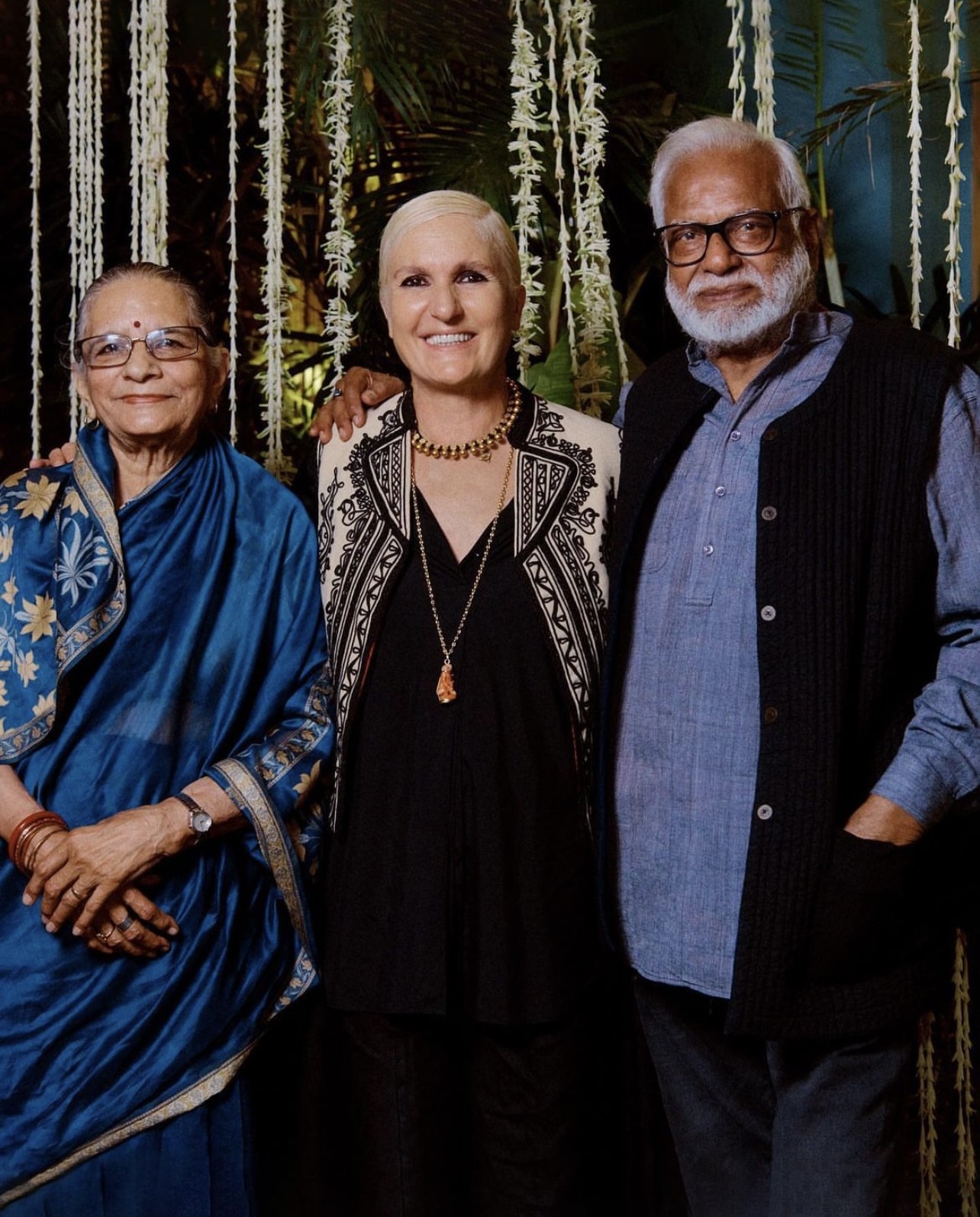
From the Lalit Kala Akademi Award to Padma Shri for the Arts to a Silver Plaque by the Indian President, it decorates his art journey and adds a perspective to his grandeur. Again, his works have been staged across the country regularly.
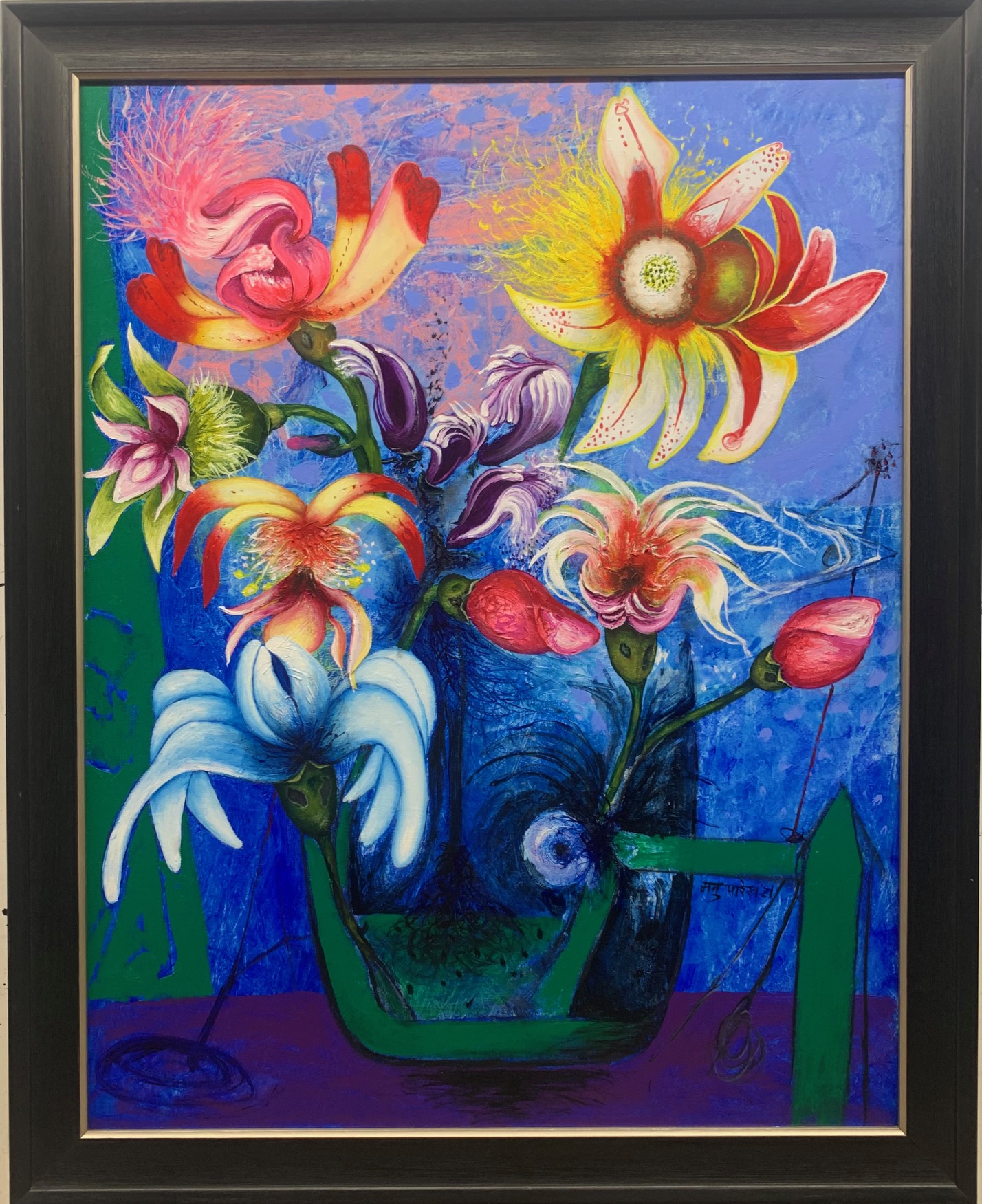
Parekh holds strong opinions on the Bengal School of Art in juxtaposition of the Bombay Progressive artists that made an impactful engagement with the Media – this helped him shape an interesting historical witnessing of the modernists. All in all, Parekh engages a dynamic interest that ranges through popular cultures to a vast historical reading. His art stands to occupy an essential intervention despite the recurring schools that are easily visible to a connoisseur's eyes.
Parekh lives in Delhi with his celebrated artist wife Madhvi Parekh whom he has mentored and encouraged regularly. His daughter Manisha Parekh stands to occupy an equally important artistic journey that is futuristic in essence.

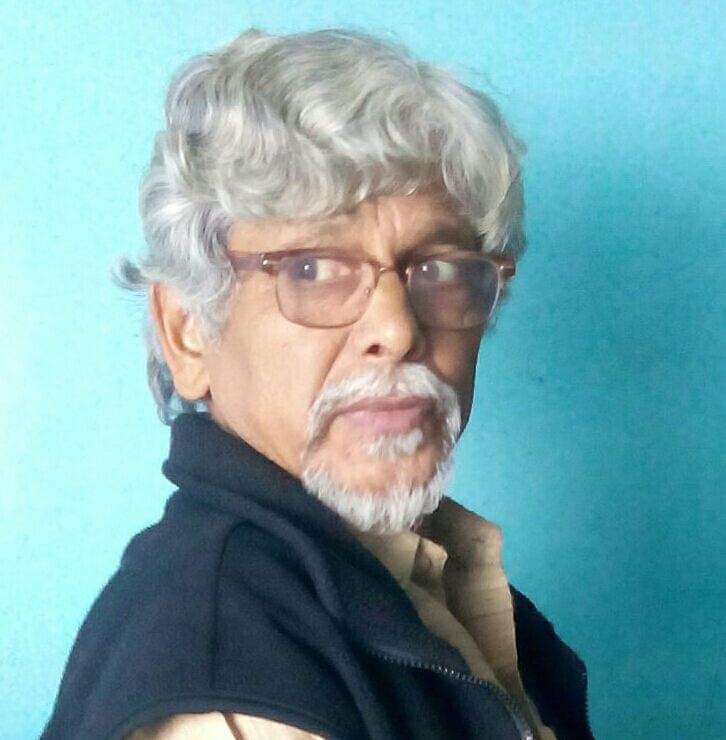

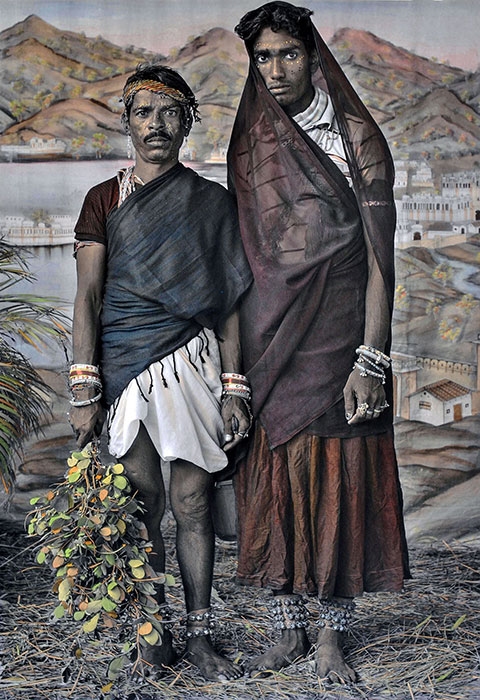
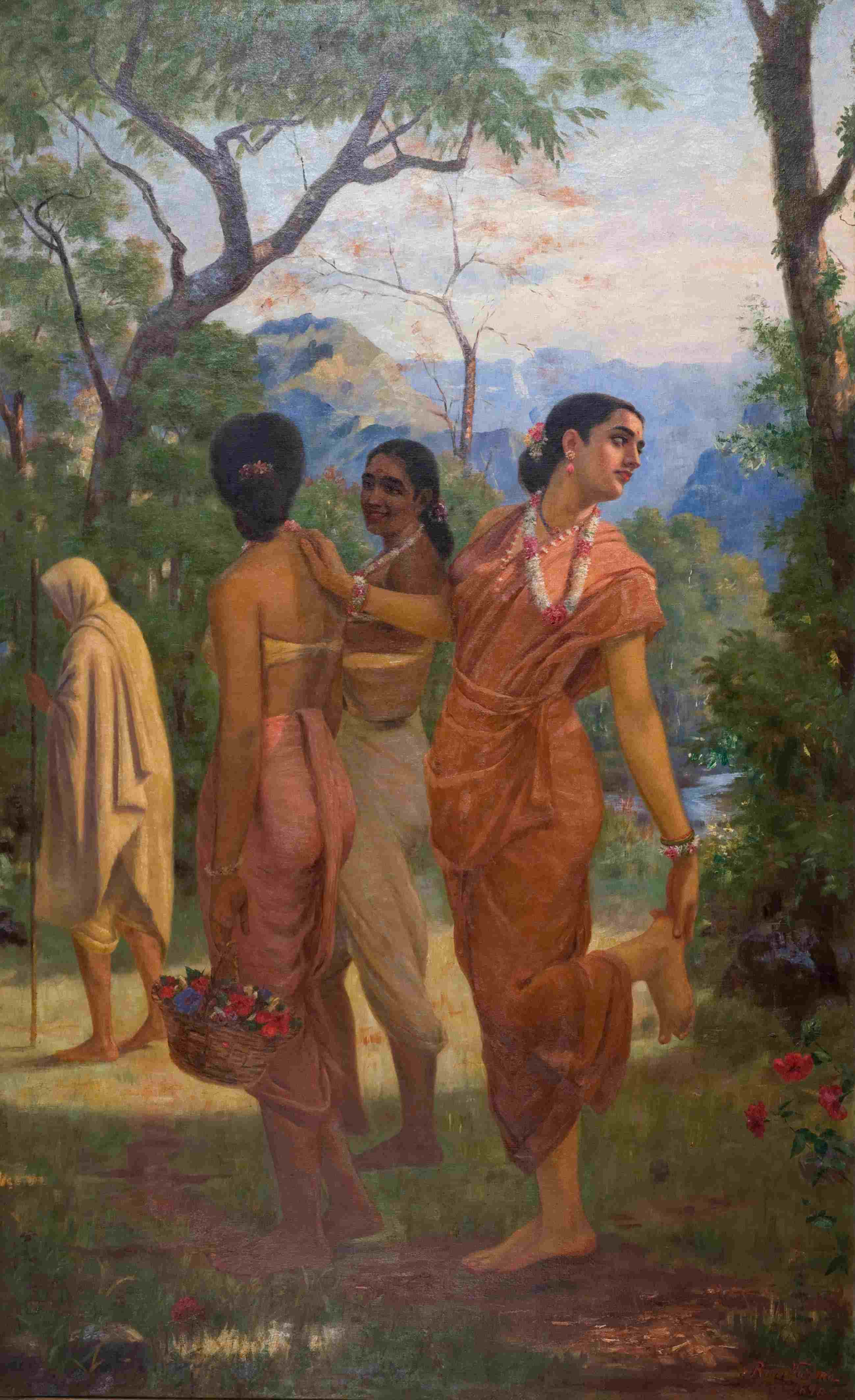
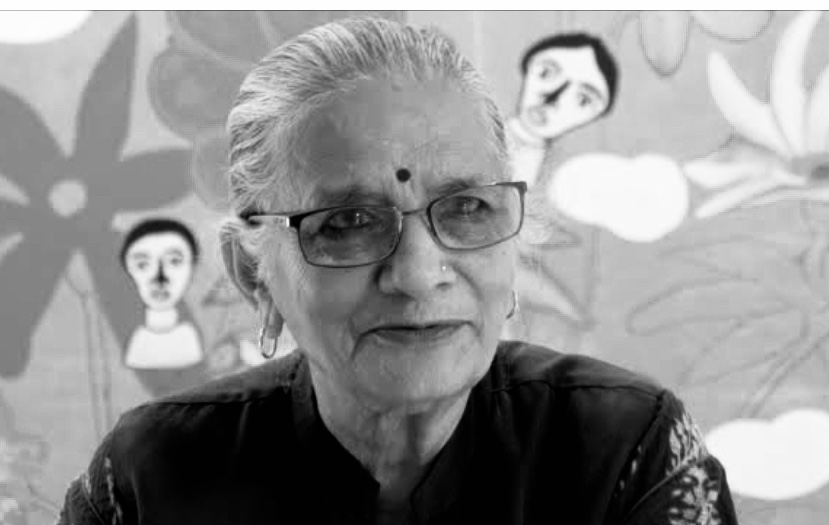
Leave a Comment